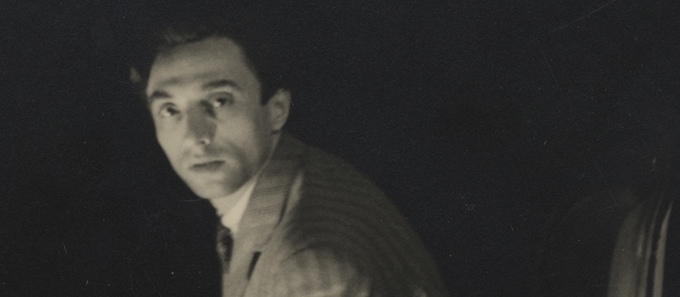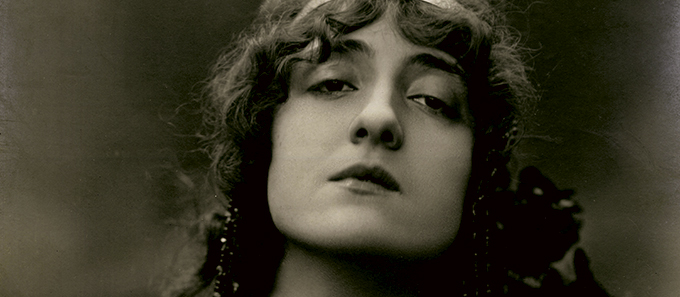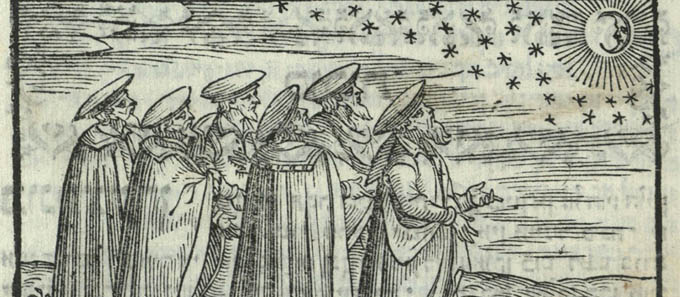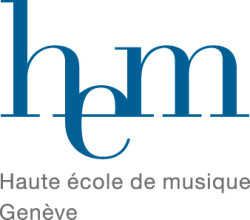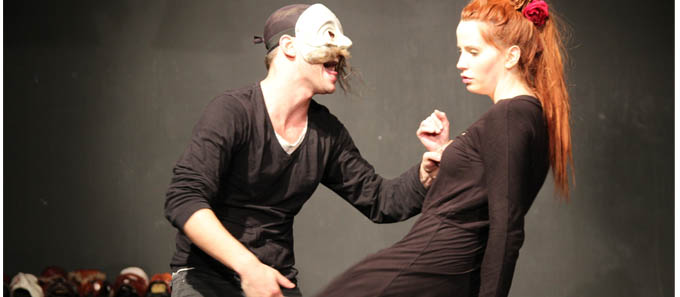Cinema Series Lyda Borelli: Film Diva. A showing of the restored version of La memoria dell’altro with live music
The last event in the Lyda Borelli film series will be held in the Aula Magna of the Ateneo Veneto on Friday, 10 November 10 at 8.30 pm: a screening of the little-known film La memoria dell’altro (The Memory of the Other), directed by Alberto Degli Abbati in 1913. Restored for the occasion by the Centro Studi Sperimentali di Cinematografia, Rome, with the support of Lyda Borelli’s heirs, the film will be accompanied by live music played by pianist Cinzia Gangarella, and preceded by an introductory conference involving Maria Ida Biggi, director of the Institute Theatre and Opera, Daniela Currò, conservator in the National Film Sector of the Fondazione di Studi Sperimentali di Cinematografia, Rome, and Angela Dalle Vacche, Professor of Film History at the Georgia Institute of Technology, Atlanta.
Following a successful first film role in Everlasting Love, Lyda Borelli once again worked with Mario Bonnard and Vittorio Rossi Pianelli in La memoria dell’altro (The Memory of the Other), playing a young pilot called Lyda. With some stunning Venetian exteriors, this film was also a great success mainly due to the type of woman played by Borelli, who was similar to the image that the actress had built up of her own public persona. Critics at the time emphasized the affinities between Lyda the pilot in the film and the Lyda Borelli the diva, suggesting that scriptwriter Baroness De Rege had actually been inspired for character by the emancipated actress with a penchant for flying and fast cars, but also a seductive dancer and femme fatale.
________________________________________
Free admission while seats last
Picture:
Lyda Borelli in La memoria dell’altro, 1913

